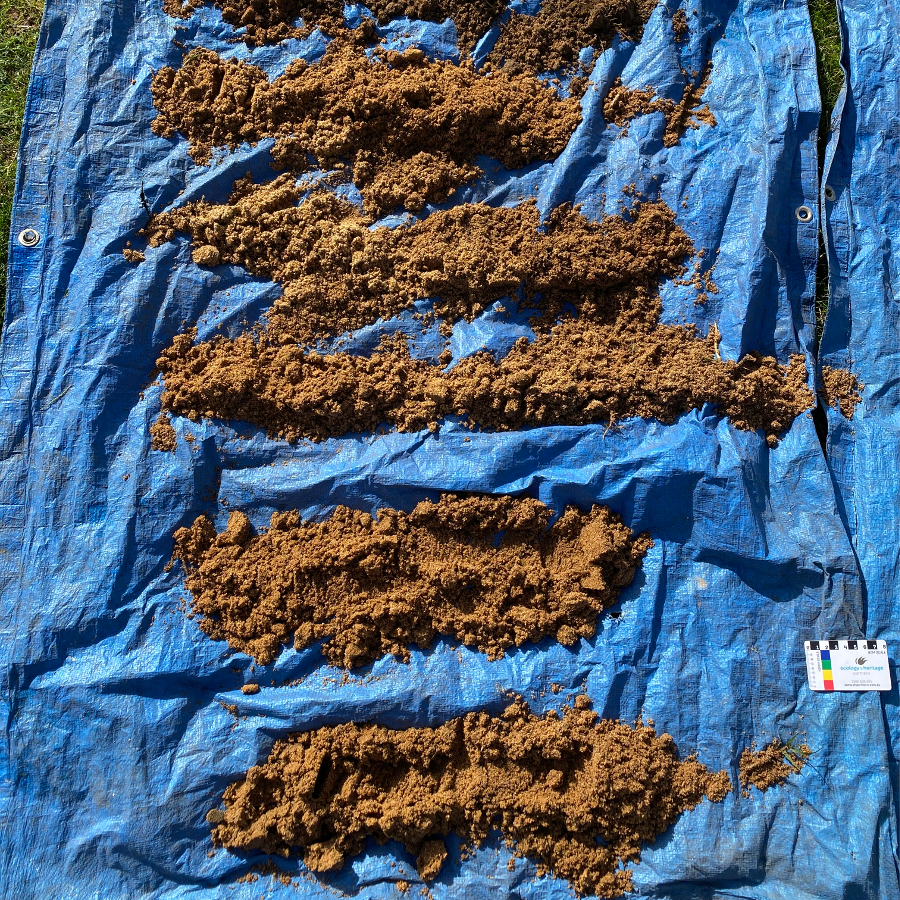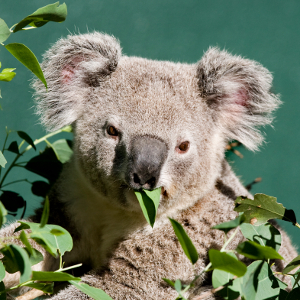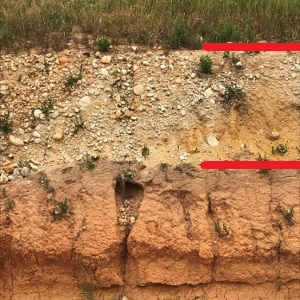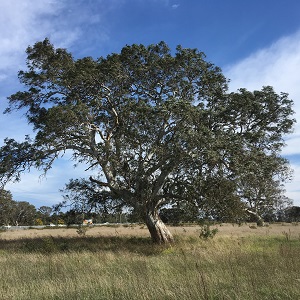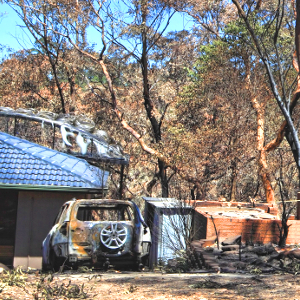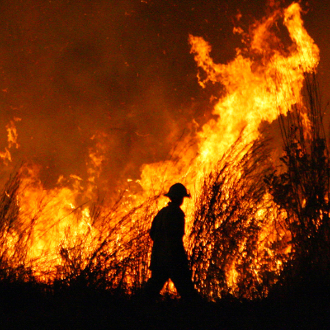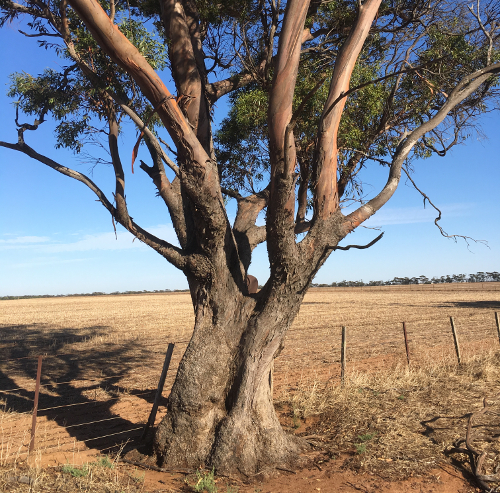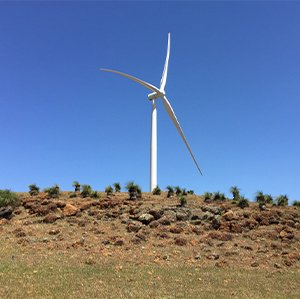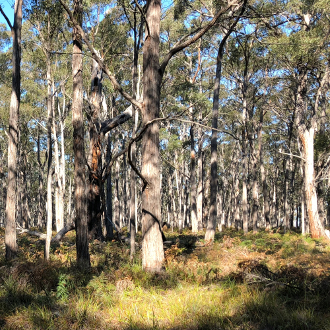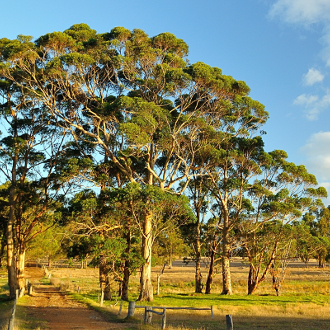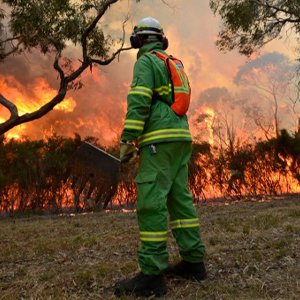Changes to Queensland Threatened Species Listings
On 12 May 2017, the Nature Conservation (Wildlife) Regulation 2006 was updated with changes to the conservation status of 14 plant and 23 animal species. Dave Fleming, Principal Ecologist in our Brisbane office, provides the following summary.
The Species Technical Committee, the body responsible for recommending changes to the threatened species lists, made changes that reflect current scientific understanding of the species' taxonomy, biology and occurrence as well as whether the species meet the criteria to be listed as Near Threatened, Vulnerable, Endangered or Critically Endangered.
Many of these alterations reflect recent changes to the Commonwealth Environment Protection and Biodiversity Conservation Act 1999 (EPBC Act), notably for several shorebirds (Curlew Sandpiper Calidris ferruginea, Red Knot C. canutus, Great Knot C. tenuirostris, Greater Sand Plover Charadrius leschenaultii and Lesser Sand Plover C. mongolus) and Greater Glider Petauroides volans, bringing the Queensland threatened species lists further into line with the EPBC Act.
Newly described species are provided with elevated conservation status such as the Roma Earless Dragon Tympanocryptis wilsoni, which is now listed as Vulnerable and the Fassifern Blind Snake Anilios insperatus, which is also listed as Vulnerable.
Changes to the list also show that some species have been reclassified as Least Concern from a threatened status, indicating that the species is now secure in Queensland. This can be a result of additional surveys locating additional populations and/or greater numbers of individuals. Woolly Wrinklewort Rutidosis lanata is a good example of this as numerous new plants have been found from the Surat Basin in southern Queensland resulting in its status down to Near Threatened. Amazingly, the Mossman Fairy Orchid Oberonia attentuata, not seen since the 1960s and previously listed as Presumed Extinct, was re-discovered in 2015 and is now on the list as Endangered.
For every good news story though, there are species that continue to decline and this is reflected in their elevated conservation status. Occasionally, this includes species that are re-classified as Presumed Extinct, meaning that the plant or animal has not been located in the wild for many years. In the recent changes to the list this includes a species of Pussytail Ptilotus senarius, a recently described (and presumed lost) species from North Queensland and the Bramble Cay Melomys Melomys rubicola, a rat known only from a tiny island in the Torres Strait.
If you would like to know how these changes will affect your project, please contact us on 1300 839 325.
Photo: Bramble Cay Melomys by State of Queensland, CC BY 3.0 au, https://commons.wikimedia.org/w/index.php?curid=49457717

